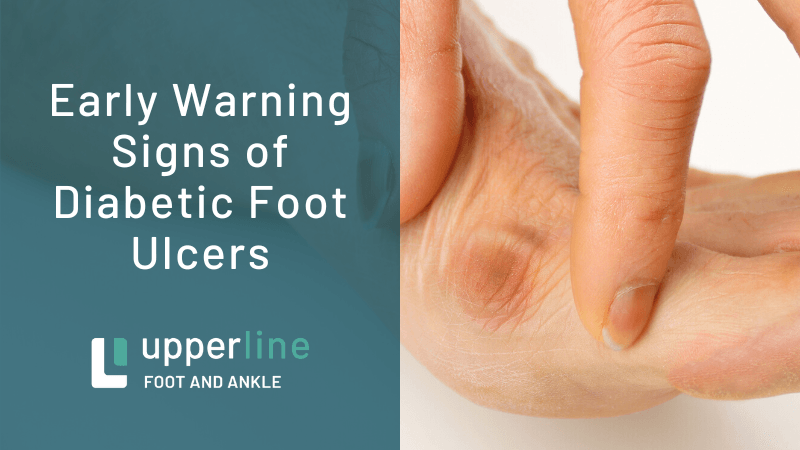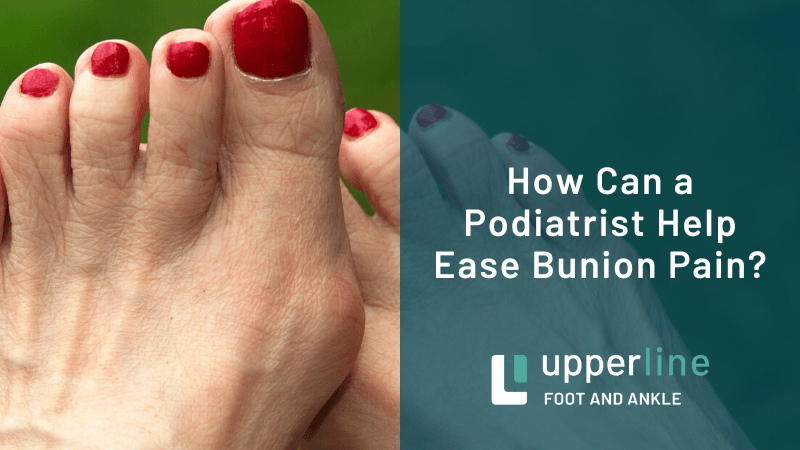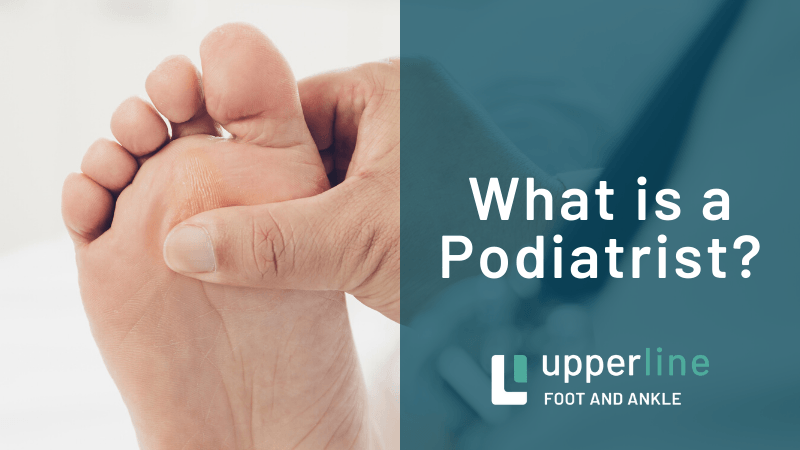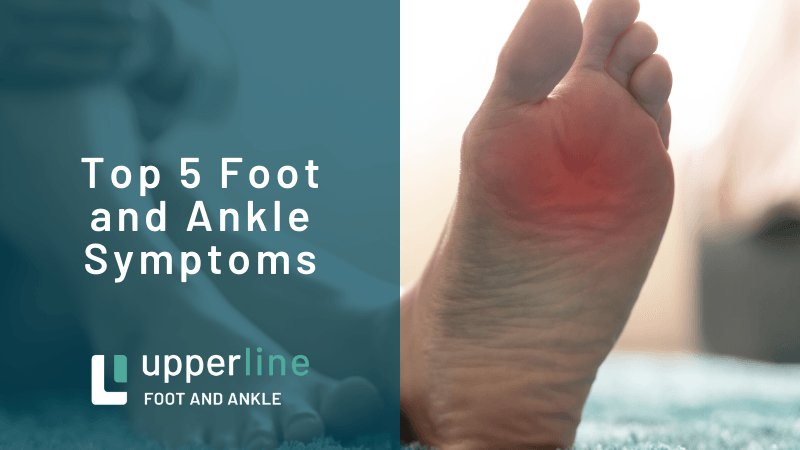Baseball Injuries
Baseball has long held the crown of “America’s pastime.” The other professional sports can try to take that crown away, but none have been able to – and probably never will.
In part, this can be attributed to the fact Major League Baseball has been around longer than any of the other professional sports leagues. Having been founded way back in 1869, MLB had a sizeable head start over the next oldest league, which is the National Hockey League.
Of course, hockey is considerably more a Canadian sport than an American one, which means the NHL will not likely ever become a threat to baseball’s title.
The National Football League was founded in 1920 and is probably the current runner-up national pastime, although the distinct possibility the sport causes severe medical issues for players gives one reason to wonder how much longer the sport will be played (in the way we recognize it now).
Basketball would be interesting contender for the “America’s pastime” title, except for the divisiveness between college and professional basketball fans.
(College fans think there’s not enough defense or “team” play at the professional level. Professional fans think there’s not enough dunking in the college game.)
Another reason baseball will continue being our national pastime is the fact so many people played it as a child. No matter if we’re talking about little league, tee-ball, coach-pitch baseball, or softball, countless Americans have played (or currently play) some iteration of baseball.
And that’s not even counting pick-up games of ball that happen across the country!
Baseball and Softball Sports Injuries
Baseball and softball are played by millions of people across the country. Ballplayers have a certain degree of risk for foot and ankle injuries, but this is the case with any physical activity.
Perhaps the biggest advantage of baseball--and this is something shared with softball—is that it’s a sport so many people of all ages and backgrounds can (and do!) participate in. This summer, as with any other one, countless adults across the nation will play in rec softball leagues, while their children take to the field for their little league teams. Younger ones get introduced to the sport via t-ball or “coach pitch” softball leagues.
No matter who in your family is playing, we have some baseball injury prevention tips we want to share to keep it as an enjoyable experience as possible.
Baseball and softball can be a lot of fun, but—as with any sport or physical activity—they do have an inherent risk of injury. Some of the more common lower limb injuries in these particular sports include sprains, shin splints, fractures, and heel pain.
Bone fractures are a potential result of physical trauma, such as a hard-hit ball striking a foot. Fortunately, this tends to be a rarer occurrence in baseball and softball than one might expect, but it does happen.
Ankle sprains are simply a common injury for most sports. It’s easy to twist a foot when running to field a ball or as you step on or slide into a base. Shin splints are also fairly common for sports featuring running – and particularly if the muscles running along the lower leg bones are tight.
Heel pain from sports can be attributed to injuries like plantar fasciitis, Achilles tendinitis, and Sever’s disease (calcaneal apophysis):
- If heel pain is strongest during and immediately following athletic activity—and experienced in the back of the heel—you probably have Achilles tendinitis.
- If your heel pain is strongest in the morning and felt on the bottom of your rearfoot, the likely diagnosis is plantar fasciitis.
- If it is your child or teen who has heel pain during or after a game (or practice), Sever’s disease is the most likely explanation.
There are two sources of good news in regards to these injuries – they are often successfully treated with nonsurgical care and, even better, injury prevention measures can reduce the risk of them happening in the first place!
We can certainly treat foot or ankle injuries sustained during baseball or softball games (or any other athletic activity), but we’d prefer to know you don’t have to suffer from pain or sit out of your favorite activities in the first place.
How You Can Reduce Your Risk of Injury
To that end, we have several measures you can take to reduce your risk of baseball foot and ankle injuries, including:
- Consult with medical professionals first.
If you’re over the age of 40, make sure you see your primary care physician before signing up for an adult baseball or softball league. If you have any existing foot problems, you should also come to one of our Central Florida offices. We can evaluate your lower limbs, perform a gait analysis, and give you the go-ahead if everything checks out. In the event there’s an issue that needs to be addressed, we can create a customized treatment plan for you.
- Prepare your body
. We understand if you want to step onto the diamond and give it your all right out of the gate. If you haven’t been active for a while, however, your body isn’t going to be used to the physical demands you’re about to place on it – and that’s a recipe for injury. You can lower your risk for injury by becoming increasingly more active as you lead up to your season. Make sure you start at an easy level, and then gradually build up.
- Warm up and stretch
. Baseball and softball don’t differ from other sports in the sense that it is essential to spend some time before the game (or practice) getting your body ready for intense physical exertion. This means take some time to jog or run lightly and use dynamic stretches first. Playing catch a bit before a game is also a smart idea.
- Choose proper footwear.
For sports like baseball and softball, running shoes aren’t good enough. Sure, a decent pair of running shoes will provide adequate cushioning and support, but athletes who play these kinds of sports need to wear cleated shoes.With that being said, youth ballplayers shouldn’t wear shoes that have steel spikes on the bottom. Little leaguers need to stick with molded, plastic cleats.

- Wear shoes that fit
. Making sure your footwear actually fits correctly is an important safety and health matter for any sport, including baseball and softball. Yes, you need to wear shoes that appropriate for any given activity, but fit really makes a huge difference in injury prevention. In the case of these particular sports, something to keep in mind is the fact that cleated shoes are more likely to have narrow toe boxes. Make sure your toes aren’t terribly squashed together and that you have at least some room up front. At the same time, your longest toe (either the first or second) needs to have approximately a thumb’s width in space between its tip and the front of the shoes. When your shoes are laced up, your heels should be comfortably cradled and your feet unable to slide around easily inside them.
- Use proper sliding techniques
. One of the most exciting parts of baseball is when there’s a “play at the plate” and the runner tries to avoid being tagged by sliding across home plate. Whereas this is exciting for spectators to watch, players need to be careful and make sure they are using proper technique! For little leaguers, high school ballplayers, and those who participate in other organized leagues and levels, coaches will offer instruction. If you’re playing in an adult softball league, it is probably better to remember that it’s just a game and avoid injury by not sliding in the first place.
- Follow doctor’s orders. In the event you do end up with a foot or ankle injury and have to come in for some professional care, make sure you follow our treatment plan carefully.
Too often, people start feeling better (even though they aren’t completely healed). When these individuals return to physical activities too quickly, they do so with an increased risk of reinjury.
You can avoid that situation by simply adhering to your plan. In the end, doing so will actually help you recover more quickly.
These baseball injury prevention tips can lower your risk of getting hurt while on the diamond, but completely eliminating all injury risk is virtually impossible. If you injure an ankle or foot while playing ball, our staff at Foot & Ankle Associates of Florida is waiting in the bullpen to provide relief!
Our team is ready to provide the expert care you need for foot and ankle injuries, so give us a call at 407-339-7759 or 352-589-9550 (if calling from Lake County) or request an appointment online today.
Schedule an Appointment
Upperline Health has locations across Florida ready to care for your lower extremity needs.

Upperline Health Florida provides the highest quality integrated lower extremity care to patients in need through a skilled and compassionate team. We strive to deliver care in a consistent and high-quality manner.
Navigation











